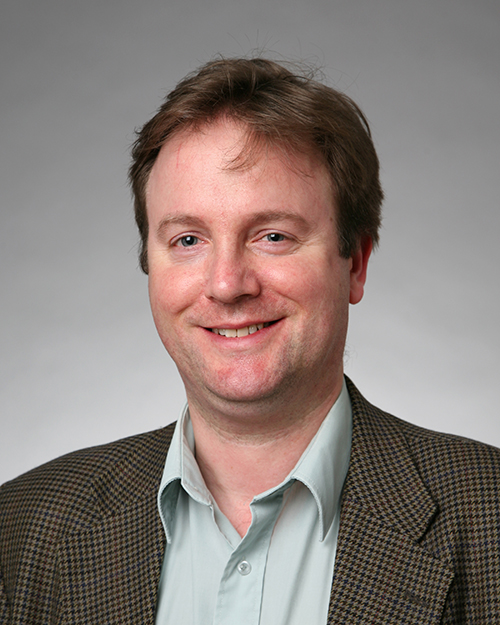Evidence that an extreme weather anomaly over northern Europe contributed to high death rates in WW1 and helped incubate the Spanish Flu pandemic has been found literally frozen in time in an Alpine glacier. 2000 years of climate history are embedded in the 72-metre-long lce core from the Colle Gnifetti glacier in the Swiss-Italian Alps.
In a new paper published in Geohealth, researchers from the 'Historical Ice Core Project', led by Harvard University and the Climate Change Institute, University of Maine, working with the University of Nottingham, show how chemical evidence in the ice gives environmental proof that a climate anomaly of increased wet and cold conditions from the north Atlantic occurred from 1915 to 1918, creating a perfect storm which worsened the impact of both the war and the pandemic.
Analysis of the levels of sodium and chlorine (the components of sea salt) in the ice showed there was a strong influx of cold North Atlantic marine air over northwest Europe to the Alps in that period. This evidence tallies with historical records of the incessant torrential rain and colder temperatures which caused increased casualties in WW1 battles, and for the virulence of 'Spanish Flu' which took hold at the end of the war.
The flu pandemic of 1917 to 1919 killed between 50 and 100 million people worldwide. In Europe the death toll was 2.64 million.
Recruitment of allied troops from east Asia in 1917 may have spread a less virulent strain to northern France. Studies have suggested that the use of chlorine gas on the WW1 battlefields may have caused the virus to mutate into its most virulent form before spreading globally, but the ice core provides the first real climatic evidence that weather provided an additional influence.
Dr Alex More, of Harvard University and the Climate Change Institute, University of Maine, and associate Professor in environmental health at Long Island University, New York, said: "We found that mortality in Europe peaked three times during the war, and these peaks occurred during or soon after periods of cold temperatures and heavy rain caused by extremely unusual influxes of ocean air in the winters of 1914-15, 1915-16 and 1917-18, together providing a once in a 100-year anomaly."

We found the association between increased wetter and colder conditions and increased mortality to be especially strong from mid 1917 to mid 1918 spanning the period from the third battle of Ypres (Passchendaele) to the first wave of Spanish flu.
The deadlier second wave of flu began in the autumn of 1918.
"It's interesting to think that very heavy rainfall may have accelerated the spread of the virus," said Professor Philip Landrigan, Director of the Global Public Health Program and Global Pollution Observatory at Boston College, who was not connected to the new study. "One of the things we've learned in the COVID pandemic is that viruses seem to stay viable for longer in humid air than in dry air. So it makes sense that if the air in Europe was full of humidity during those years of World War 1, that the transmission of the virus might have been accelerated."
"I think it's a very credible, provocative study that makes us think about the interplay between infectious diseases and the environment in new ways," Landrigan said.
Conducted by the Climate Change Institute at the University of MaineThe techniques used to identify chemicals in the annual layers in the Colle Gnifetti ice core are called Laser Ablation Inductively Coupled Plasma Mass Spectrometry (LA-ICP-MS), and discrete Inductively Coupled Plasma Mass Spectrometry (ICP-MS). They allow highly sensitive measurement of the presence of chemical elements, in this case sodium (Na) from sea winds.
The Colle Gnifetti ice core is the focus of an ongoing collaborative project led by Prof. Paul Mayewski of the Climate Change Institute-University of Maine and Prof. Michael McCormick, Department of History, Harvard University, with the University of Nottingham. It is yielding an unparalleled year-by-year picture of over 2,000 years of climate-related, health, environmental, economic and political history.
The research is funded by Arcadia, a charitable fund of Lisbet Rausing and Peter Baldwin.






